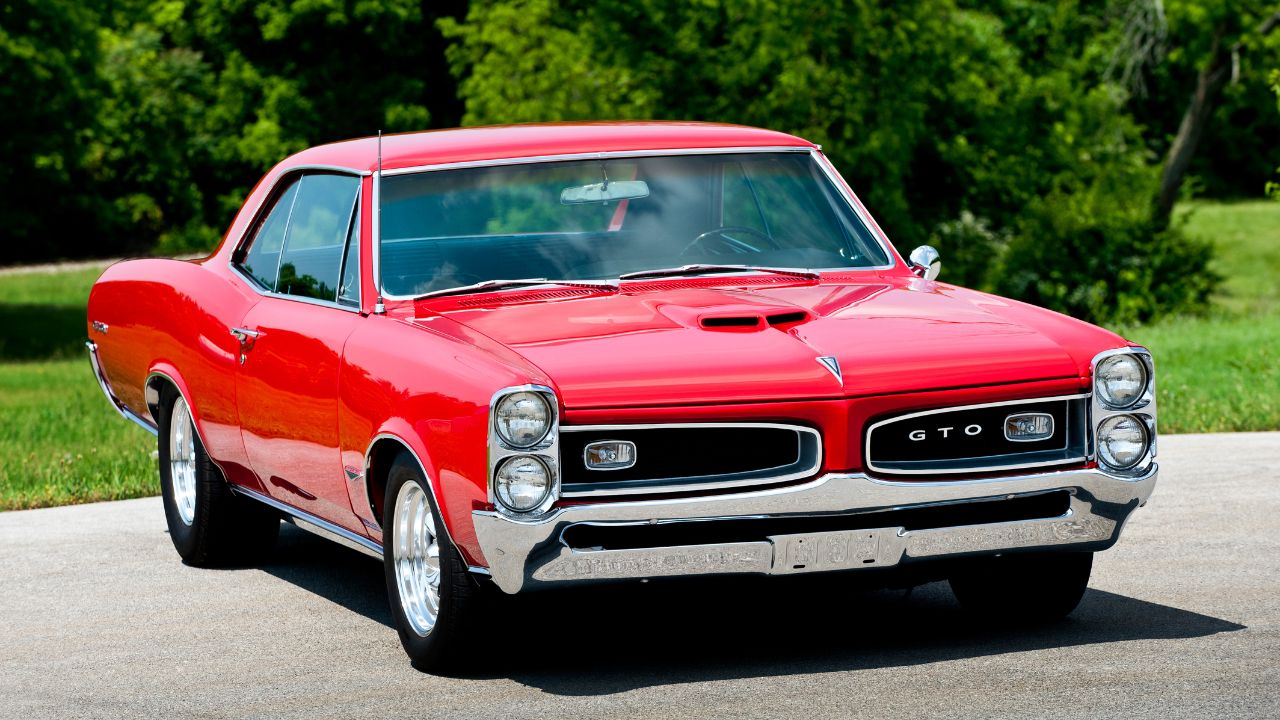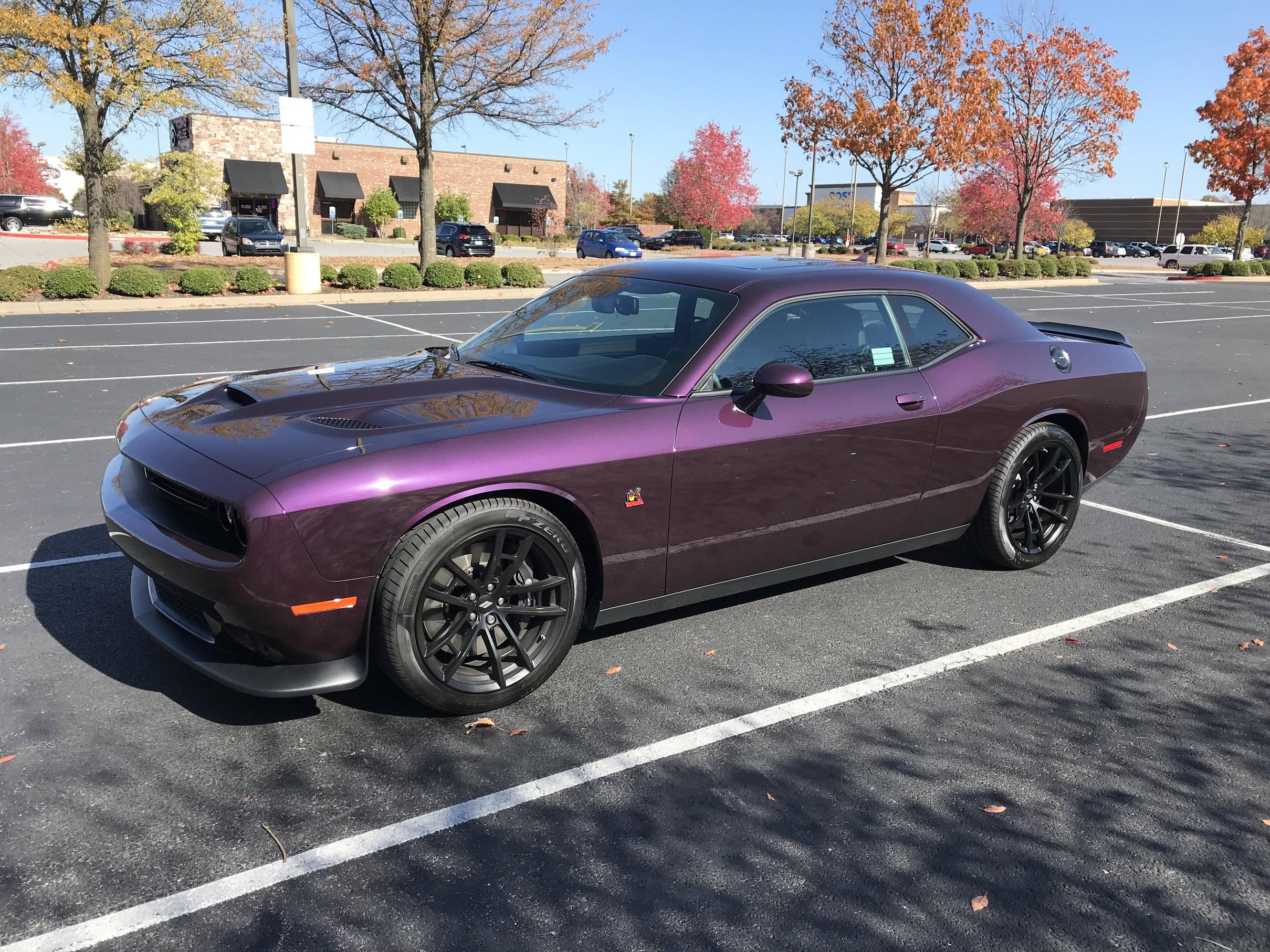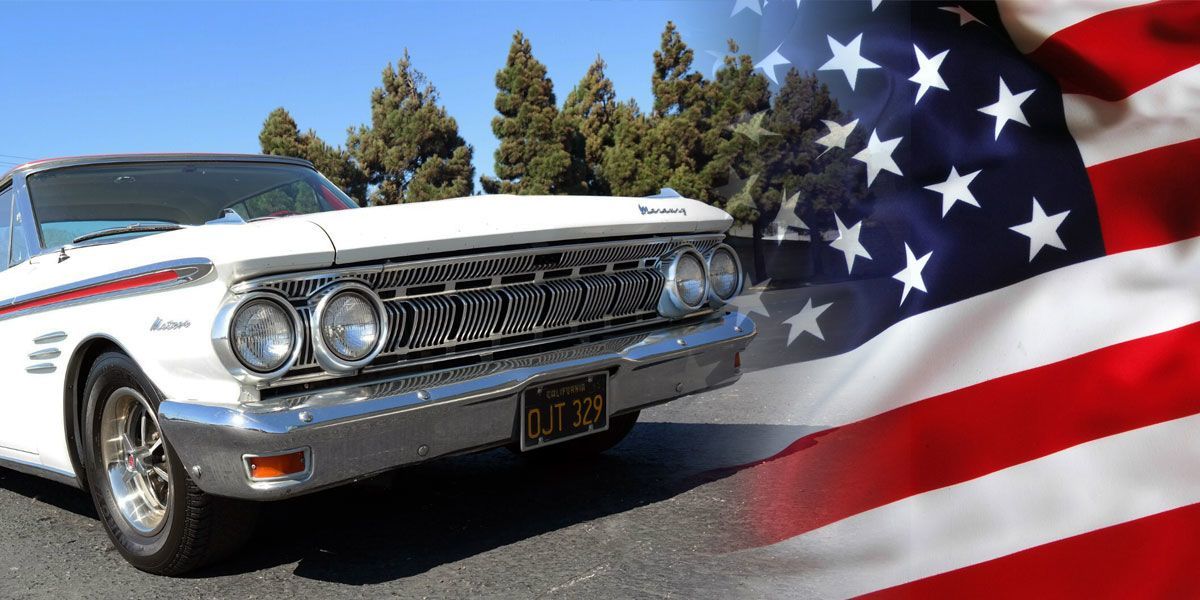
The debate continues whether you want a fun sportscar or an all-out muscle car. The Dodge Challenger, a muscle car with an attitude unlike any others on the roads, and the sixth generation Camaro are sporty sports cars in pony-car suits. The Ford Mustang meanwhile occupies a middle ground, with its relaxed attitude and spirited performance.
Dodge Challenger
The Dodge Challenger can be compared to the Mustang or Camaro if you're searching for a car that is unique and fast. Although each model has its own personality, the Dodge Challenger is the classic muscle car. The Challenger, the largest and most powerful muscle car, has been on the marketplace for more than a decade. The Challenger has become increasingly popular over the years. Its interior is more spacious than the Mustang or Camaro, so you won't have to worry about cramping up in a tiny space.
The Challenger features premium comfort. The interior features leather upholstery, power adjustable seating, and optional heated or ventilated front chairs. The leather-wrapped steering wheel adds luxury to the car. The Challenger has more passenger and cargo space. It can comfortably seat five passengers and offers 16.2 cubic feet cargo space. It's an excellent choice for drivers who want a car with room for their friends and family.

Ford Mustang
There are two options for mid-sized muscle cars: the Ford Mustang and Dodge Challenger. Both vehicles have V8 engines and will drive you crazy. Officially, the Mustang will use 13.3 liters for every 100 kilometers while the Challenger will burn 14.2 liters for every hundred kilometers. However, both cars use premium fuel. So, if you're looking for a car that will get you to and from work without burning a hole in your pocket, there are better options.
Both vehicles have standard side and front airbags. Both come standard with blind-spot detection, adaptive cruise control (blind-spot monitoring), rear cross-traffic alarm, and automatic high beam headlights. Both cars feature standard seatbelt pretensioners, and four-wheel antilockbrakings. The Mustang also comes with a standard rear-parking sensor. Both cars have available features like a touchscreen infotainment screen and Ford Sync Connect which allows you control key functions via your smartphone.
Chevrolet Camaro
Both the Chevrolet Camaro (and the Dodge Challenger) can compete in horsepower. While the Camaro may be more powerful and more expensive, it can also be easier to drive. Because of its premium interior, the Camaro has more power, but it is also more luxurious. The Camaro has a wide, flat-bottom steering column with unique ventilation controls. The interior of the Challenger is excellent, though not spectacular.
Comfortably, the Challenger comes with heated exterior mirrors and a seatback armrest. The Camaro, on the other hand, has neither. The Challenger has a center folding armrest that provides additional space for rear passengers. This can also serve to keep parents and children separated. The Challenger is equipped with dual zone air conditioning. This allows both the front passenger as well as the driver to choose from a different temperature. The Challenger is also more spacious for cargo.

Dodge Challenger Hellcat
The Dodge Challenger comes out on top when comparing Ford Mustangs and Chevrolet Camaros. The engine is based on the 6.4-liter Apache and produces 797 horsepower and 707 pounds-feet torque. It is approximately the same weight as a Ford Edge with all its features, at 4,527 lbs.
The Ford Mustang Shelby GT500 won nearly four seconds at the Edmunds drag-race. The Dodge driver fluffed his gear shift and used first gear on the launch, resulting in a lower finish. The Camaro driver tried manual, and managed to pull off a surprise and pass the Mustang before reaching the finish.
FAQ
Does it matter what college I go to?
Non, really. There are no differences between colleges when it comes to getting into the automotive industry. Some schools have better programs than others, so you might want to look elsewhere if your goal is something more specialized.
What qualifications do you need to be a mechanic?
A series of exams is necessary to become a mechanic. These include:
-
A general knowledge assessment
-
A practical exam
-
An apprenticeship test
These tests are intended to make sure you have a solid understanding of the basics of mechanics before you can start your career as a mechanic.
Once you've passed these tests, you'll be eligible to work as a mechanic. But, you will still need an apprenticeship. This will require you to learn the trade.
To fully understand the mechanics of vehicle repairs, you'll need workshops and classes. You'll also have to work alongside experienced mechanics.
For mechanic success, you'll need to be focused and meticulous. You will need to pay careful attention to every aspect when repairing vehicles.
To become a successful mechanic you'll need patience. If you don’t enjoy following instructions, this might not be the right career path.
You could make a great career out of your love for cars and the work that goes into fixing them.
How long is an automotive mechanic apprenticeship
The apprenticeship to become an automotive mechanic takes about three years. This includes two years at school and two years working as an apprentice. The first year of training is spent in the trade. This includes theory and practical skills as well as safety procedures. During this time, you'll also learn how to use tools safely and efficiently. After completing the first year, you'll then spend another year on-the-job training where you'll gain experience in different areas of the trade. You will have the opportunity for formal training during these years.
The last year of your program will be spent earning qualifications and becoming certified. These include NVQs (National Vocational Qualifications), which are awarded after passing exams covering specific topics within the industry. The HNCs (Higher National Certificates), on the other hand, cover general subjects like customer service and management. For those interested in pursuing certain trades, City & Guilds certificates are available.
Statistics
- According to the BLS, the median annual salary for automotive service technicians and mechanics in the United States was $44,050 in May 2020. (uti.edu)
- Apprentice mechanics earn significantly less hourly than mechanics who have completed training, with a median wage of approximately $14.50 an hour, according to PayScale. (jobhero.com)
- According to the BLS, total auto technician employment is expected to exceed 705,000 by 2030. (uti.edu)
External Links
How To
How to properly diagnose your car for repair
First, look at the symptoms of your car to determine if it needs repair. Next, you can follow these steps in order to diagnose your car.
-
Check engine lights. Make sure to check all dashboard indicators like the engine light indicator (oil pressure gauge), the battery indicator (battery light indicator), and the RPM indicator (rpm gauge). If any of these indicators have been flashing continuously for several days it could mean that there is something wrong with your vehicle.
-
Examine the treads of the tires. Tires with worn treads could cause problems when handling or braking. You should inspect the treads on your wheel. They should be smooth and clean. This can be done by removing the wheels from the vehicle and taking them off. You can check the tread wear with a flashlight.
-
Pay attention to the level of your brake fluid. It is important to keep track of how much brake fluid you have in your car. This ensures that your brakes work properly. Low brake fluid levels can cause brake failure when you apply pressure.
-
Test the suspension system. The suspension system in vehicles absorbs vibrations and shocks. It provides better control and allows smoother acceleration and deceleration. It might feel uncontrollable or wobbly if your vehicle is suffering from a suspension problem. If you are unsure if your vehicle is suffering from a suspension problem, put weight on the front and rear axles to check the movement.
-
Examine the steering column. Steering columns are used to connect the steering wheel to the rest of the vehicle's components. Many accidents can cause damage to steering columns. You should replace your steering column if it feels loose or unstable.
-
Observe the exhaust pipes. The exhaust pipes are responsible for moving gases from the combustion chamber into the atmosphere. Exhaust pipes that are cracked or leaking can allow harmful fumes to enter your cabin. Additionally, your tailpipe should be fixed immediately if it is bent.
-
Take a look at the underside of your hood. To check for unusualities, look under the hood. Leakage of fluids in your engine could indicate that it is leaking. You should also contact a professional technician if there is an unusual odor coming from the engine compartment.
-
It is important to inspect the air filter. The outside environment collects dust and other particles in the vehicle's filter. Dirty air filters can cause your vehicle to run poorly. Replace your air filter regularly.
-
Make sure you check the fan belt. Your vehicle's fanbel connects the engine and transmission. If it breaks, the engine won't turn over. Replacing the belt is simple. You only need a screwdriver or pliers to replace your belt.
-
You should inspect the radiator and hoses. The radiatorhose carries water from your radiator to the engine. If the hose becomes damaged or cracked, hot liquid can be emitted onto the engine. You only need a pair of needle-nose pliers and a small wire brush to repair the hose.
-
The windshield wipers should be checked. Windshield wipers use electricity to remove snow and rain. If they stop working they could leave streaks behind on your window glass. The solution is to change the washer fluid.
-
The battery cables should be checked. Your car's electrical system is powered by batteries. If you are replacing batteries, disconnect the negative cord first. Failure to do so can damage your alternator.
-
Be sure to check your headlights. The headlights provide illumination for the road ahead. Bad visibility can be caused by headlights that don't work correctly. To check if the bulbs have gone out, you can inspect them.
-
Be sure to check the lights. You can warn other drivers if you approach them at night. You could be distracted and cause an accident if one does not work.
-
Check the brakes. Before you have a collision, brakes slow down your car. If they aren't working correctly, you could lose control of your car and crash.
-
Change the oil. The oilkeeps your engine lubricated. It helps keep metal parts from getting too worn down. It is recommended to change the oil each month.